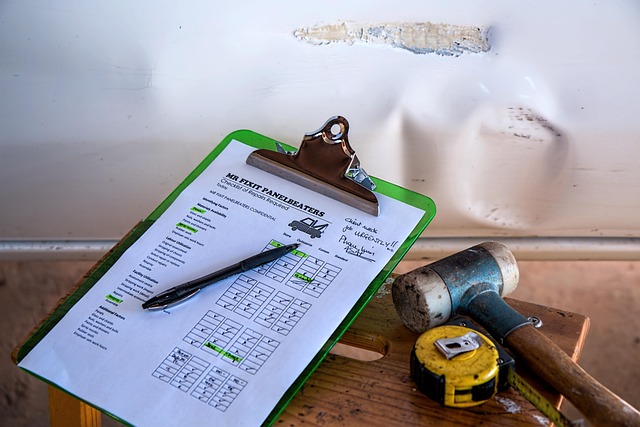Tesla Seatbelt Pretensioner Reset: Insurance Claim Guide
Tesla's seatbelt pretensioners, crucial for passenger safety during collisions, require meticul…….
Welcome to an in-depth exploration of a critical safety feature in modern vehicles—the Tesla seatbelt pretensioner reset. This article aims to demystify this complex topic, offering readers a comprehensive understanding of its functionality, significance, and global implications. By delving into various aspects, from technology and economics to policies and real-world applications, we will uncover the multifaceted world of seatbelt pretensioners and their ongoing evolution.
At its core, a seatbelt pretensioner is an active safety system designed to enhance the effectiveness of a vehicle’s seatbelts during a collision. When sensors detect an impact, the pretensioner rapidly tightens the seatbelt, securing the occupant more tightly and reducing the risk of severe injuries. The ‘reset’ aspect refers to the process of resetting or re-tightening the belt after initial deployment, ensuring continuous protection throughout the accident sequence.
The concept of seatbelt pretensioners emerged as a response to the growing awareness of road safety in the late 20th century. Early seatbelts were designed primarily for restraint, but their effectiveness was limited by the time lag between impact and occupant restriction. Pretensioners were introduced to address this issue, and their development has been driven by stricter safety regulations and advancements in sensor technology. Tesla, known for its innovative approach, has played a significant role in refining and integrating this technology into its vehicle systems.
The implementation of seatbelt pretensioner resets has spread globally, driven by international safety standards and regulatory frameworks. Many regions have made these features mandatory in new vehicles to enhance overall passenger protection. For instance:
The global seatbelt pretensioner market is a significant segment within the broader automotive safety systems industry. Key factors driving its growth include:
Automotive manufacturers invest heavily in research and development to create advanced pretensioner systems that offer superior protection while minimizing production costs. This includes:
One of the most significant technological advancements is the evolution of sensors:
While global standards have driven the adoption of seatbelt pretensioner resets, manufacturers face challenges in meeting these requirements while ensuring cost-effectiveness:
Tesla has been at the forefront of integrating seatbelt pretensioners into a comprehensive suite of safety systems. The Tesla Model S, for instance, boasts an advanced driver assistance system (ADAS) that includes:
Japan has some of the most stringent safety regulations globally, pushing automakers to innovate. Japanese manufacturers have developed advanced pretensioner systems that cater to the unique driving conditions and cultural preferences of their market:
Automakers should focus on:
The Tesla seatbelt pretensioner reset is a testament to human ingenuity in enhancing road safety. This comprehensive exploration has highlighted its core functionality, global impact, technological advancements, and the complex web of policies and challenges it navigates. As the automotive industry evolves, continued innovation in this field will be vital, ensuring that vehicles and their occupants are protected in an ever-changing transportation landscape.
Q: How do seatbelt pretensioners differ from regular seatbelts?
A: Regular seatbelts provide restraint during a collision but rely on the impact to tighten, often with limited initial force. Pretensioners, in contrast, actively release stored energy to quickly tighten the belt, providing immediate protection.
Q: Are there any risks associated with seatbelt pretensioner deployment?
A: While rare, incorrect deployment or sensor malfunction can pose risks. Redundancy systems and regular maintenance help minimize these issues.
Q: Can seatbelt pretensioners be retrofitted to older vehicles?
A: Yes, but it may require specialized equipment and expertise. Some manufacturers offer conversion kits for popular models, making it more accessible.
Q: How do seatbelt pretensioners work in electric vehicles (EVs)?
A: EVs present unique challenges due to their power delivery characteristics. Advanced pretensioner systems in EVs are designed to account for rapid acceleration and specific battery management considerations.
Q: Are there any global standards for seatbelt pretensioner testing?
A: Indeed, as mentioned, ISO 26262 is the primary international standard, while NHTSA and EUROPA NCAP have their own performance criteria, ensuring consistent safety levels globally.

In case of a Tesla seatbelt locking mechanism error, performing a Tesla seatbelt pretensioner reset…….

The Tesla seatbelt pretensioner system, a sophisticated safety feature, relies on sensors and actuat…….

The Tesla seatbelt pretensioner reset is a safety critical process requiring expert intervention due…….